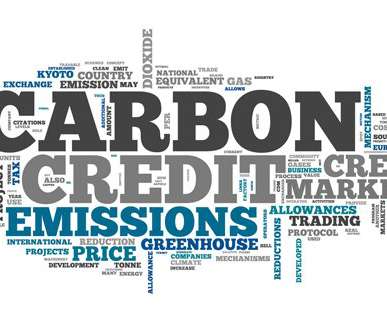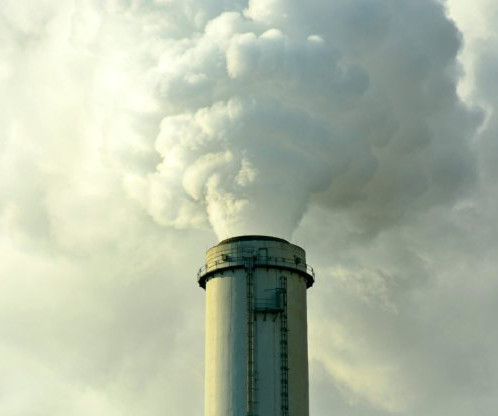Pittsburgh 2030 District Announces Significant Progress In Reducing Carbon Emissions - 44.8% From Baseline; Savings Of $59.7 Million In Utility Costs
PA Environment Daily
JUNE 7, 2023
The Pittsburgh 2030 District , a project of the Green Building Alliance , has released its 2022 Progress Report , revealing District property partners have reduced carbon emissions by 44.8% This achievement moves the District within range of reaching its target goal of 50-65% reduction in carbon emissions before the 2030 deadline.














Let's personalize your content